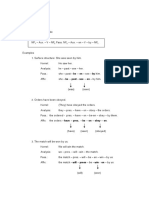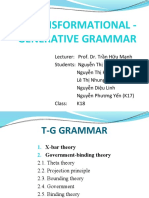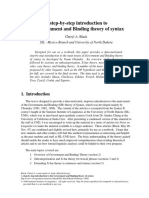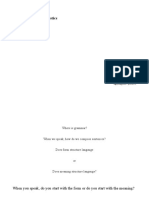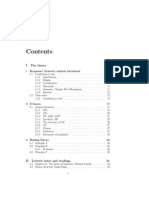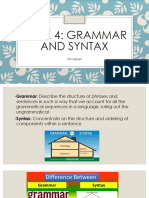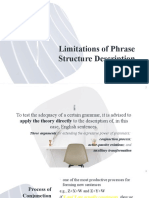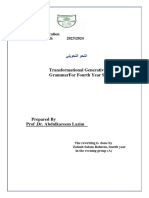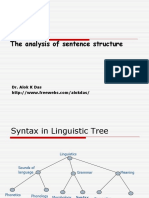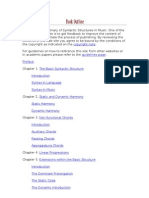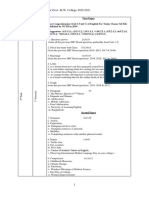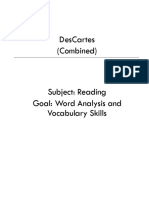0% found this document useful (0 votes)
31 views14 pagesSolution of 18CS743 Natural Language Processing Oct-2022
The document is an internal assessment test for a Natural Language Processing course, detailing various topics including transformational grammar, Government and Binding theory, and the Paninian framework for Indian languages. It includes questions on components of transformational grammar, the structure of sentences, and the layered representation in Paninian grammar. The test is structured to assess students' understanding of these linguistic theories and their applications.
Uploaded by
Varsha ReddyCopyright
© © All Rights Reserved
We take content rights seriously. If you suspect this is your content, claim it here.
Available Formats
Download as PDF, TXT or read online on Scribd
0% found this document useful (0 votes)
31 views14 pagesSolution of 18CS743 Natural Language Processing Oct-2022
The document is an internal assessment test for a Natural Language Processing course, detailing various topics including transformational grammar, Government and Binding theory, and the Paninian framework for Indian languages. It includes questions on components of transformational grammar, the structure of sentences, and the layered representation in Paninian grammar. The test is structured to assess students' understanding of these linguistic theories and their applications.
Uploaded by
Varsha ReddyCopyright
© © All Rights Reserved
We take content rights seriously. If you suspect this is your content, claim it here.
Available Formats
Download as PDF, TXT or read online on Scribd
/ 14























